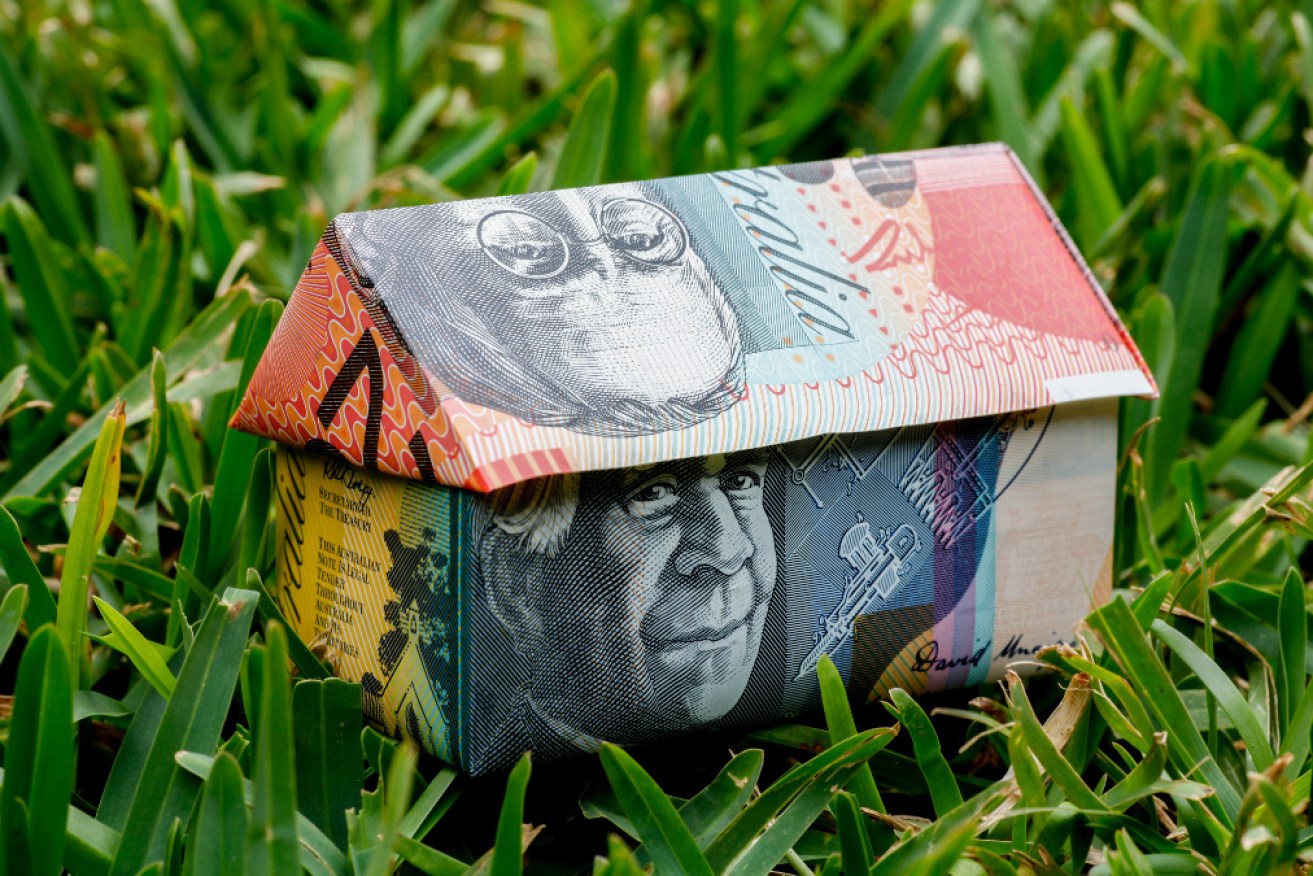This is how much money you can put into super after selling an investment property


Carry-forward contributions allow Australians to add more money to their superannuation. Photo: TND
Question 1: My wife and I are about to retire. We have two basic investment properties that we are looking at selling post-retirement in separate tax years to the year we retire. We would like to split the sale of one property and place it into super (accumulation accounts that we are keeping open). How much each are we able to put into our super and what are the tax implications even though we will be retired? Thanks
A popular strategy is to sell assets that have made large gains after you retire as you generally have little other taxable income. This is because the net capital gain is added to any other taxable income, so if you have low (or nil) other taxable income, you pay a lower rate of tax on your capital gain.
This sounds like what you are doing.
You can then make two types of contributions into your superannuation.
Concessional contributions
Concessional contributions include employer SG and salary-sacrifice contributions. But the more relevant one in this situation is a personal tax-deductible contribution.
You and your wife each have a concessional contributions cap of $27,500 and, if you are not working, you will have no employer SG contributions eating into this allowance.
Additionally, if either of you have a total super balance below $500,000 then you could use the ‘carry forward’ provisions and contribute a higher amount.
You can check your ‘total super balance’ and ‘carry forward’ eligibility via your MyGov account.

You can check your MyGov account to find out the exact amount you can contribute to super using carry forward rules.
Your carry-forward amount continues to grow even after you retire. This provides an opportunity to make significant tax-deductible contributions post-retirement. Note that the super fund taxes these contributions at a rate of 15 per cent, so you need to ensure your deduction reduces your income tax by more than this rate (i.e. your marginal tax rate).
Please note, however, that even though the government will on July 1 remove the work test for people aged between 67 and 74 for those wanting to make after-tax (non-concessional) or salary-sacrifice contributions, it still does apply for those wanting to make a personal tax-deductible contribution.
Therefore, if you are 67 or over, you must be gainfully employed for at least 40 hours in a 30-day period to qualify. If you are under age 67 at the time of contribution, then no work test applies.
Non-concessional contributions
On top of concessional contributions, you can make non-concessional (after-tax) contributions that place the funds in a very tax-friendly environment and helps build wealth for retirement. There is no contributions tax on this type of contribution.
The annual cap on non-concessional contributions is $110,000, but you can ‘bring forward’ two future years of contributions and make a total contribution of up to $330,000 each.
Before making the contribution, you need to check your individual ‘Total Super Balance’ as at the previous June 30 to check the maximum amount you can contribute.
The below table summarises this:
As previously mentioned, from July 1 you will not need to meet the work test to make a superannuation contribution – you will just need to be under 75.
Given your objectives and financial situation I would recommend seeking personalised financial advice.
Question 2: Hi, my mother has been in residential care for seven years and her home has been rented out to pay for nursing home fees. When my sister and I eventually inherit the home, will we be required to pay capital gains tax on the property when we sell it? If so, how is it calculated?
An individual can vacate their home for up to six years before the residence loses its CGT exemption. This includes when moving into aged care.
The exemption can last indefinitely if the property was never rented out or used to produce income.
As it has now been more than six years since your mother vacated the property, some CGT will apply, but you will also receive a partial exemption based on the percentage of time the property was used to produce income.
As this is a complicated area, I suggest seeking personalised tax advice.
Craig Sankey is a licensed financial adviser and head of Technical Services & Advice Enablement at Industry Fund Services
Disclaimer: The responses provided are general in nature, and while they are prompted by the questions asked, they have been prepared without taking into consideration all your objectives, financial situation or needs.
Before relying on any of the information, please ensure that you consider the appropriateness of the information for your objectives, financial situation or needs. To the extent that it is permitted by law, no responsibility for errors or omissions is accepted by IFS and its representatives.
The New Daily is owned by Industry Super Holdings









